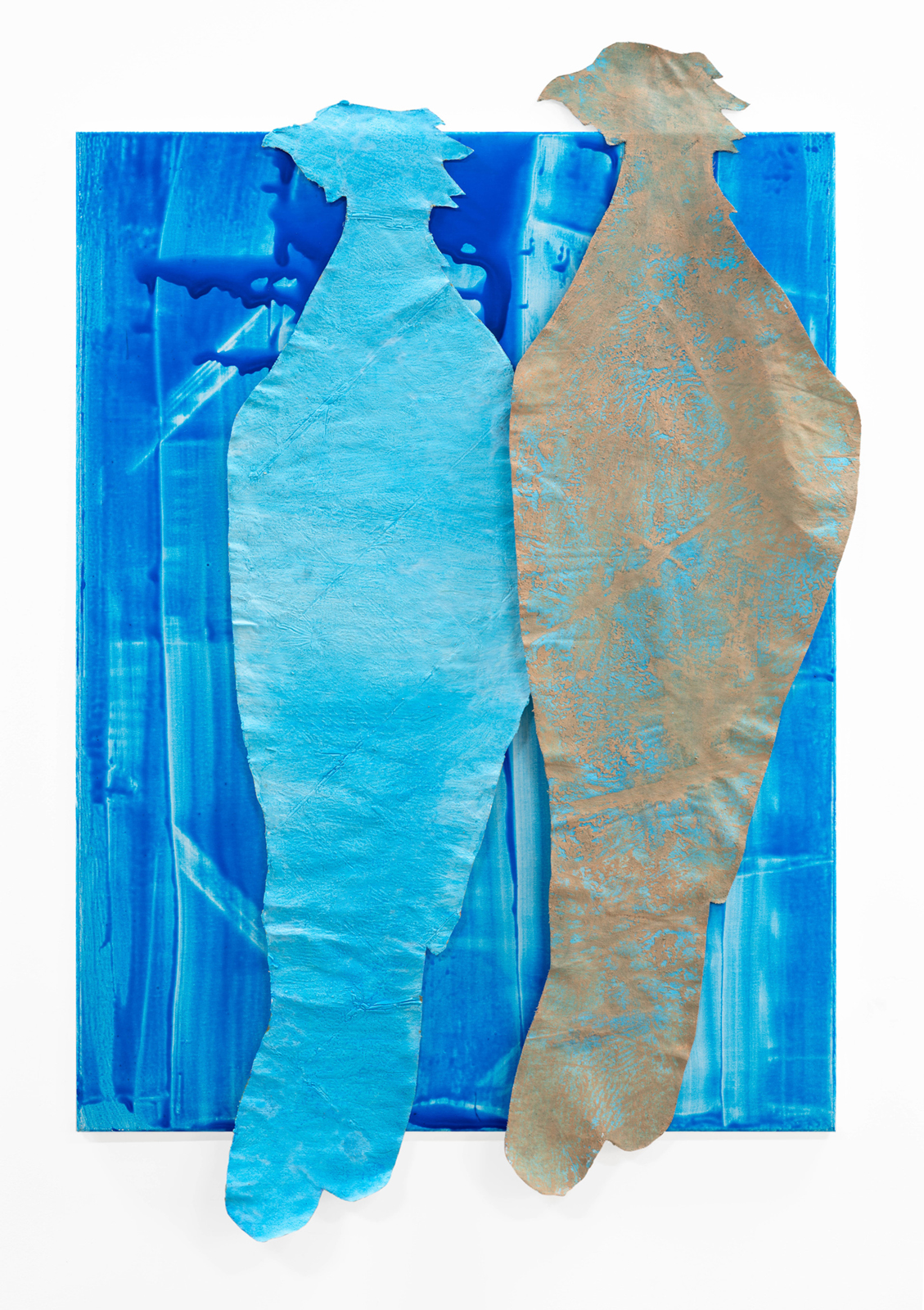Hammer installation explores expression of space, contemplates on rituals

Jamilah Sabur draws inspiration from geographic data for her pieces like “Stream Gradient” (pictured above), and a video installation which will be on display at the Hammer Museum until May 5. (Courtesy of Jamilah Sabur and Nina Johnson)
"Un chemin escarpé"
Until May 5
Hammer Museum
Free
By Max Flora
Jan. 27, 2019 10:34 p.m.
Tectonic plates and underwater acoustics are inspirations for Jamilah Sabur’s artwork.
Sabur, a Miami-based artist, created a video installation inspired by geographic and oceanic data. Her work is currently on display at the Hammer Museum, and will be showcased until May 5. Entitled “Un chemin escarpe,” the work is an abstract representation of Sabur’s discoveries while learning about the geologic topics. The five-channel video installation includes animations and performances by Sabur, projected onto screens around the exhibit. She said the piece uses the data, along with ritualistic movements that replicate daily tasks, to invoke emotions in the viewer as they consider the interconnectedness of the physical world and philosophical concepts.
“For me, the installation was really a meditation on ways of navigating space,” Sabur said. “The fixed notion that we have of a place can be redefined.”
People often are too concerned with territories and borders, Sabur said, but geographic landscapes and oceans are not constricted by these human inventions. The word “escarpe” in the title of the show translates to the geologic term “escarpment,” which refers to the long steep slope at the edge of a plateau or fortress. Sabur said escarpments intrigue her because they evoke the sense of vertical space, on which this installment focuses. From measuring the movement of celestial bodies to studying the divisions in the planet’s crust, Sabur said vertical thinking encourages more transcendental thought than is required in everyday life, particularly about humanity’s relationship with the Earth.
“It reminds me that we’re just a mere speck in the continuum in the history of this planet,” Sabur said. “It just serves as a reminder that my relationship to this moment is a part of something much, much bigger than me.”
Assistant curator Erin Christovale said the installation challenged her to step out of her comfort zone. Prior to curating the exhibition, she was not accustomed to many aspects of Sabur’s research, such as reading papers on ocean studies and learning about landscapes most humans never physically encounter. She said it reminded her that humans are typically only concerned with what they can see, not tectonic plates or sound waves. She said Sabur’s focus on the things we can’t see is what creates a more expansive way of thinking.
“I feel what (Sabur is) interested in is, ‘We’re actually on a tectonic plate right now, what does that mean? We’re actually this landmass over an ocean, what does that mean?'” Christovale said. “(She’s) really thinking in this expansive way, where we’re standing in this world, and what does that mean?”
Similarly, Nina Johnson, the gallery owner who represents Sabur in Miami, said water usually is discussed in terms of its existence as a space for travel, or as a territorial division. Sabur, however, wants to look past the human perspective and appreciate the fact that the underwater realm contains only the natural environment – an important influence on human culture and history.
Johnson said that the thematic narrative of Sabur’s work doesn’t obstruct the art itself. The audience doesn’t walk away from the installation having learned something new about geography, she said. The abstract piece is instead supposed to develop an emotional reaction in viewers, she said – nostalgia, and a sense of the world’s deconstruction.
Incorporating ritualistic practices into the performance aspects of the work is part of mesmerizing the audience, Sabur said. She performs in this video installment, mostly in front of a green screen, which has been converted into natural landscapes and scientific images. With dancing on sound waves and mimicking the actions of cricket players, the performance uses repetitive motions Sabur equates to daily rituals.
“Ritual is for me very much about embodied cognition. I talk about ritual a lot, really as something that’s of the everyday,” Sabur said. “But in the act of performing something repetitively, it definitely produces a sort of state that I sink into.”
Every aspect of “Un chemin escarpe” is new, Sabur said, although it covers many of the same ideas as her previous works. The repetitive movements of her performance and the trancelike state of the audience contribute to her metaphysical aesthetic, which Johnson said she keeps consistent, regardless of the medium she is working in. Her interest in the geographic data of the Caribbean is not temporary and has been a large influence for her, both philosophically and artistically.
“It forces me to think of the fullness of a shape, or the fullness of a form, so it immediately evokes the sense of vertical space … It really is about thinking of the unseen,” Sabur said.

